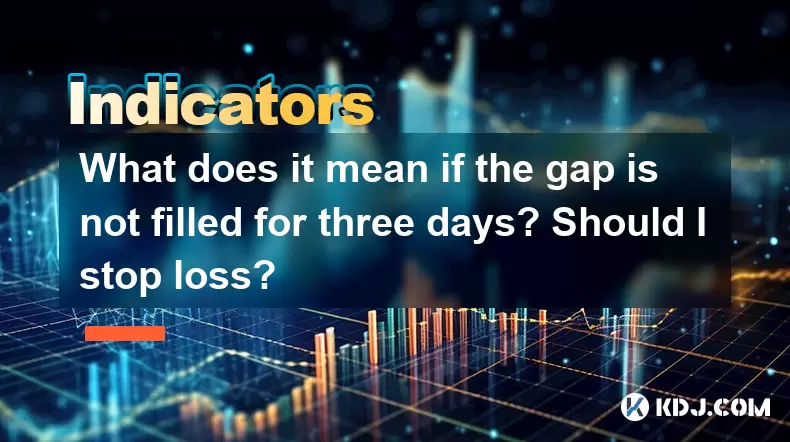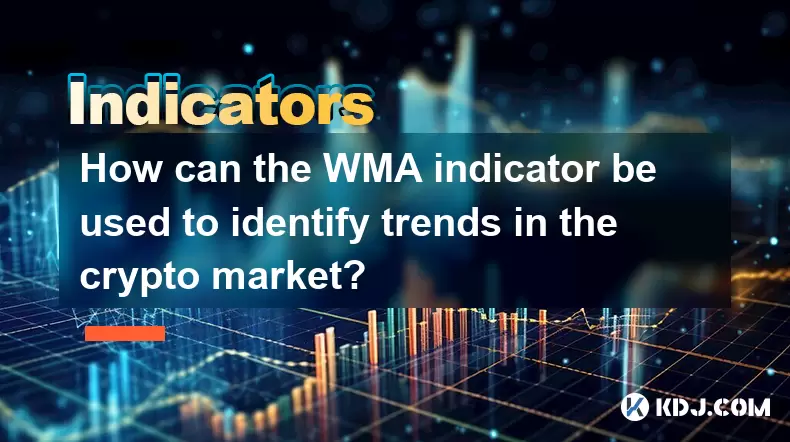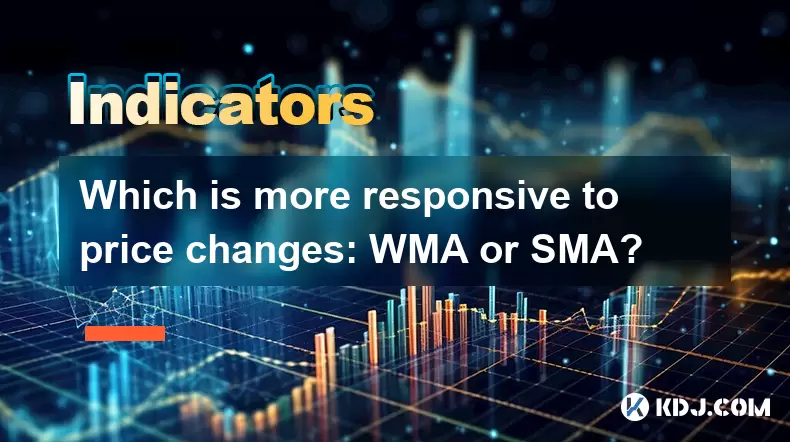-
 Bitcoin
Bitcoin $118300
-0.58% -
 Ethereum
Ethereum $3825
0.11% -
 XRP
XRP $3.137
-0.71% -
 Tether USDt
Tether USDt $0.9999
-0.01% -
 BNB
BNB $803.9
-3.37% -
 Solana
Solana $181.5
-1.94% -
 USDC
USDC $0.9999
0.01% -
 Dogecoin
Dogecoin $0.2238
-2.51% -
 TRON
TRON $0.3358
2.12% -
 Cardano
Cardano $0.7844
-2.16% -
 Hyperliquid
Hyperliquid $43.31
-1.48% -
 Sui
Sui $3.807
-4.04% -
 Stellar
Stellar $0.4203
-1.96% -
 Chainlink
Chainlink $17.79
-3.00% -
 Bitcoin Cash
Bitcoin Cash $567.8
-1.34% -
 Hedera
Hedera $0.2614
-4.30% -
 Avalanche
Avalanche $24.19
-4.46% -
 Litecoin
Litecoin $109.2
-0.74% -
 UNUS SED LEO
UNUS SED LEO $8.969
-0.01% -
 Toncoin
Toncoin $3.404
3.97% -
 Ethena USDe
Ethena USDe $1.001
-0.01% -
 Shiba Inu
Shiba Inu $0.00001307
-3.19% -
 Uniswap
Uniswap $10.33
-1.23% -
 Polkadot
Polkadot $3.884
-4.06% -
 Monero
Monero $312.9
-1.87% -
 Dai
Dai $1.000
0.01% -
 Bitget Token
Bitget Token $4.537
-2.24% -
 Pepe
Pepe $0.00001156
-3.40% -
 Cronos
Cronos $0.1437
-0.89% -
 Aave
Aave $282.8
-2.77%
What does it mean if the gap is not filled for three days? Should I stop loss?
If a cryptocurrency gap remains unfilled for three days, it often signals strong momentum and a potential shift in market sentiment, suggesting the price may not return soon.
Jun 19, 2025 at 07:42 am

Understanding Gaps in Cryptocurrency Trading
In cryptocurrency trading, a gap refers to a situation where the price of an asset jumps from one level to another without any trading occurring between those levels. This typically happens between the close of one trading session and the open of the next. In the volatile crypto market, gaps are common due to news events, regulatory updates, or sudden shifts in investor sentiment.
A gap can be classified into several types: common gaps, breakaway gaps, runaway gaps, and exhaustion gaps. Each has different implications for traders. When a gap remains unfilled for three days, it may indicate that the market is not returning to that price level in the short term, which raises important questions about how to manage your position.
Why Some Gaps Remain Unfilled for Days
When a gap is not filled within three days, it often signals strong momentum in the direction of the gap. For instance, if the price gapped upward and continues to trade above that range, it suggests that buyers have taken control and there’s little selling pressure at that level.
This phenomenon can occur due to various reasons:
- A major news event or announcement influencing the asset's value
- Strong institutional buying or selling
- Sudden changes in market sentiment or macroeconomic factors
In such cases, the market might not revisit the previous price level for an extended period. Understanding this behavior is crucial when deciding whether to hold or exit a position.
Should You Stop Loss If the Gap Isn't Filled?
Deciding whether to implement a stop loss when a gap isn’t filled depends on multiple factors, including your trading strategy, risk tolerance, and the context of the gap itself.
If you entered a trade expecting the gap to fill and it hasn’t done so after three days, you may want to reassess:
- Is the trend still intact?
- Has volume supported the current price movement?
- Are there new developments affecting the asset?
Traders who rely on technical analysis often use stop losses to protect capital. However, if the gap was caused by a breakout or significant shift in market dynamics, holding through the initial volatility might be more profitable than exiting prematurely.
How to Analyze Market Context Around the Gap
Before making a decision, it's essential to evaluate the broader market environment surrounding the gap:
- Check for recent news or announcements related to the cryptocurrency.
- Review volume patterns—if volume is high post-gap, it supports the validity of the move.
- Examine other technical indicators like RSI, MACD, or moving averages to confirm trend strength.
By analyzing these elements, you can better determine whether the gap is likely to be filled soon or represents a new support/resistance zone. Ignoring context can lead to premature exits or unnecessary losses.
Alternative Strategies Instead of Immediate Stop Loss
Rather than immediately placing a stop loss, consider alternative strategies:
- Trailing stop loss: This allows you to lock in profits while giving the trade room to breathe.
- Partial profit taking: Sell a portion of your position and let the rest ride if momentum continues.
- Reassessing entry points: If the gap appears to be a breakout, look for re-entry opportunities on pullbacks rather than trying to catch the fill.
These approaches help manage risk without being forced out of a potentially profitable trade just because the gap hasn’t filled yet.
Frequently Asked Questions (FAQ)
Q: What causes a gap to remain unfilled for several days?
A: A gap can stay unfilled due to sustained buying or selling pressure, strong fundamentals or news, and low liquidity near the gap area. It indicates that the market perceives the new price as justified.
Q: How do I know if a gap is worth waiting for?
A: Evaluate the volume behind the gap, the overall trend, and whether there’s a fundamental reason supporting the price move. If all signs point to a sustainable shift, it may not be worth waiting for the gap to fill.
Q: Can I use options or futures to hedge against unfilled gaps?
A: Yes, experienced traders can use derivatives to hedge their positions. These instruments allow you to offset potential losses without exiting your primary position.
Q: Are unfilled gaps more common in certain cryptocurrencies?
A: Yes, smaller-cap altcoins tend to exhibit larger and more frequent gaps due to lower liquidity and higher volatility compared to major assets like Bitcoin or Ethereum.
Disclaimer:info@kdj.com
The information provided is not trading advice. kdj.com does not assume any responsibility for any investments made based on the information provided in this article. Cryptocurrencies are highly volatile and it is highly recommended that you invest with caution after thorough research!
If you believe that the content used on this website infringes your copyright, please contact us immediately (info@kdj.com) and we will delete it promptly.
- Ozak AI Presale: Your Chance to Turn 1 ETH into 20? A Crypto Investment Deep Dive
- 2025-07-30 15:50:12
- IPO, Bitcoin, and Treasury: A New Era of Crypto Investment?
- 2025-07-30 14:30:12
- Bitcoin, Binance, and Whales: Decoding the Latest Market Moves
- 2025-07-30 14:50:12
- Bitcoin, Binance, and Whales: Decoding the $1.2B Shuffle
- 2025-07-30 16:10:12
- MultiBank Group's $MBG Token: Bridging TradFi and Web3 with LBank Listing
- 2025-07-30 16:10:12
- NFTs: Punks, Penguins, and the Market's Mosh Pit
- 2025-07-30 16:16:00
Related knowledge

What are the best WMA settings for day trading crypto?
Jul 30,2025 at 03:43pm
Understanding WMA in the Context of Crypto Day TradingThe Weighted Moving Average (WMA) is a technical indicator that assigns greater importance to re...

How can the WMA indicator be used to identify trends in the crypto market?
Jul 30,2025 at 04:56pm
Understanding the WMA Indicator in Cryptocurrency TradingThe Weighted Moving Average (WMA) is a technical analysis tool that assigns greater importanc...

What are the advantages of using the WMA indicator for crypto?
Jul 30,2025 at 03:21pm
Understanding the WMA Indicator in Cryptocurrency TradingThe Weighted Moving Average (WMA) is a technical analysis tool widely used in cryptocurrency ...

Which is more responsive to price changes: WMA or SMA?
Jul 30,2025 at 05:00pm
Understanding Weighted Moving Average (WMA)The Weighted Moving Average (WMA) assigns greater importance to recent price data, making it inherently mor...

What are the main differences between WMA, SMA, and EMA in crypto?
Jul 30,2025 at 02:50pm
Understanding the Role of Private Keys in Cryptocurrency WalletsEvery cryptocurrency wallet operates based on cryptographic principles, with the priva...

How is the WMA indicator calculated in cryptocurrency trading?
Jul 30,2025 at 02:35pm
Understanding the Weighted Moving Average (WMA) in Cryptocurrency TradingThe Weighted Moving Average (WMA) is a technical analysis tool widely used in...

What are the best WMA settings for day trading crypto?
Jul 30,2025 at 03:43pm
Understanding WMA in the Context of Crypto Day TradingThe Weighted Moving Average (WMA) is a technical indicator that assigns greater importance to re...

How can the WMA indicator be used to identify trends in the crypto market?
Jul 30,2025 at 04:56pm
Understanding the WMA Indicator in Cryptocurrency TradingThe Weighted Moving Average (WMA) is a technical analysis tool that assigns greater importanc...

What are the advantages of using the WMA indicator for crypto?
Jul 30,2025 at 03:21pm
Understanding the WMA Indicator in Cryptocurrency TradingThe Weighted Moving Average (WMA) is a technical analysis tool widely used in cryptocurrency ...

Which is more responsive to price changes: WMA or SMA?
Jul 30,2025 at 05:00pm
Understanding Weighted Moving Average (WMA)The Weighted Moving Average (WMA) assigns greater importance to recent price data, making it inherently mor...

What are the main differences between WMA, SMA, and EMA in crypto?
Jul 30,2025 at 02:50pm
Understanding the Role of Private Keys in Cryptocurrency WalletsEvery cryptocurrency wallet operates based on cryptographic principles, with the priva...

How is the WMA indicator calculated in cryptocurrency trading?
Jul 30,2025 at 02:35pm
Understanding the Weighted Moving Average (WMA) in Cryptocurrency TradingThe Weighted Moving Average (WMA) is a technical analysis tool widely used in...
See all articles

























































































